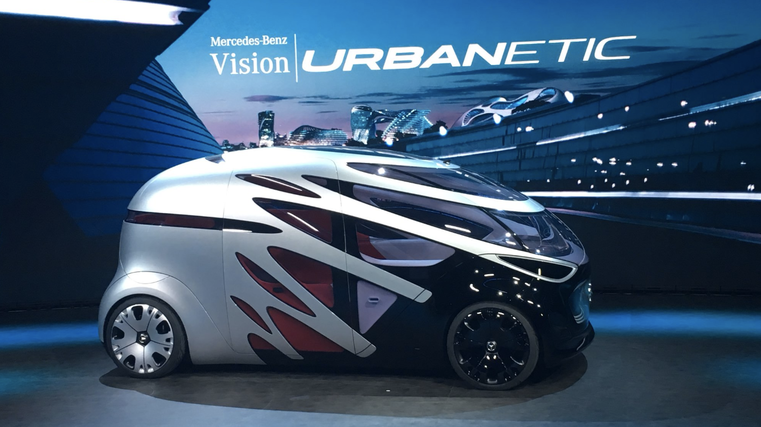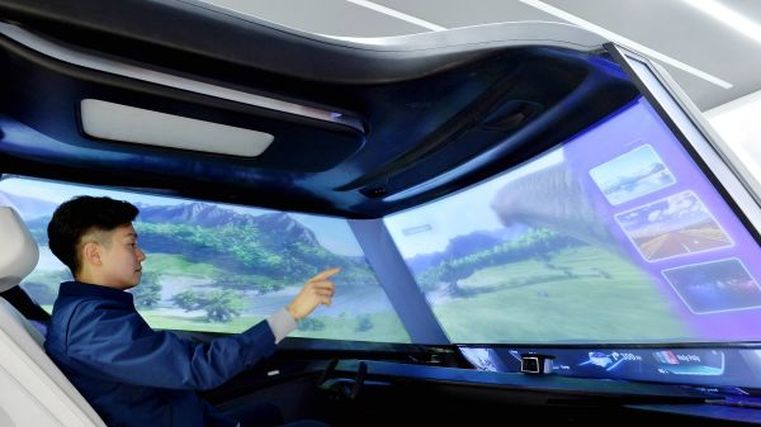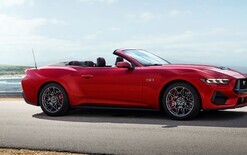The best of CES 2019
Many of the world’s biggest car manufacturers exhibited their latest technological feats at the 2019 Consumer Electronics Show (CES) on January 8, 2019.
The event has become an increasingly important venue for car manufacturers to show off their ideas for the future of transportation.
Here are the most remarkable vehicles that made it to CES 2019:
New vehicle debuts
CES saw the debut of the 2019 Leaf E+, a long-range version of Nissan’s Leaf EV. The long-awaited E+ boasts a larger battery pack that boosts its range to around 363 kilometres – a significant increase on the current model.
Mercedes-Benz debuted its 2020 CLA-Class. The compact sedan is packed with technology, including the MBUX connected infotainment system and driver aid technologies.
Concept cars
There was no shortage of interesting concept vehicles at this year’s CES. Mercedes-Benz introduced its futuristic self-driving concept car, the Mercedes-Benz Vision Urbanetic. The autonomous vehicle is made for transporting large amounts of people for short distances around cities and towns.
China’s Byton showed off its M-Byte electric vehicle, which offers Level 3 autonomy and comes with a 48-inch touch screen that stretches across the car’s dashboard.
Byton also displayed its K-Byte premium sedan which will offer Level 4 autonomous driving, meaning you could complete an entire trip without a human driver touching the wheel. Byton believes the K-Byte will be ready by 2021.
Toyota brought its latest self-driving concept car to the annual mecca. The Guardian 4.0 assists drivers when an accident might feel imminent. The vehicle does this by automatically correcting a drivers over-steering or braking through the use of two new imaging sensors, enhanced onboard radar system and a lidar system which includes eight scanners.
Vehicle technology
Audi teamed up with Disney’s gaming division to showcase a new in-car entertainment system, Holoride.
Holoride uses virtual reality headsets and autonomous driving technology to create a virtual reality adventure that syncs with the movement of the vehicle.
Hyundai showed off a concept car that features “Virtual Touch,” a gesture-based technology that allows the car’s driver and passengers to point their fingers to navigate an interactive screen in the vehicle’s windshield.
Virtual Touch will only be available to the public along with the highest levels of autonomous driving technology, which Hyundai hopes to start rolling out by 2025.
The BMW Vision iNEXT is a self-driving luxury car that has been described as a “living room on wheels.” The iNEXT contains carpeted seats and a wooden table, all of which feature sensors that allow the passengers to control music and connected devices through a touch of a button.
BMW expects to put a fully autonomous version of the concept car on the road by 2021.
Bell, in partnership with Uber, introduced the Nexus Air Taxi at this year’s CES. The hybrid-electric air taxi can carry up to 272 kg and has vertical take-off and landing ability. In 2018 Uber announced it expects to have flying taxis in select cities by the mid-2020s.









